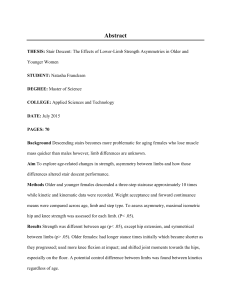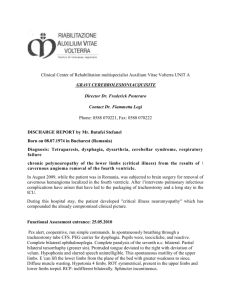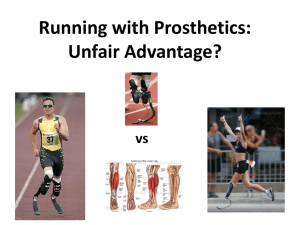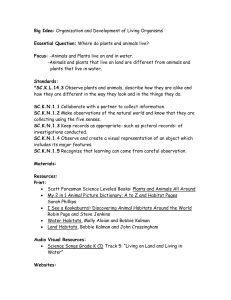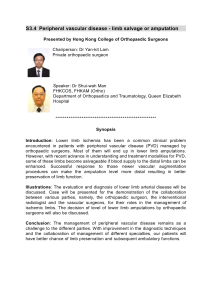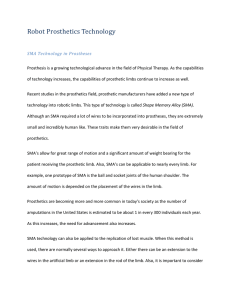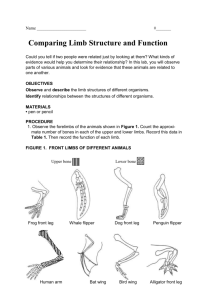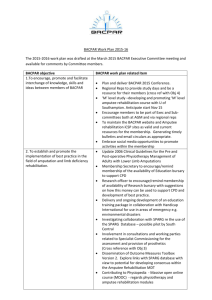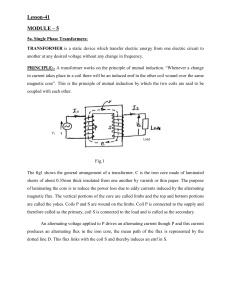The fastest runner on artificial legs: different limbs
advertisement
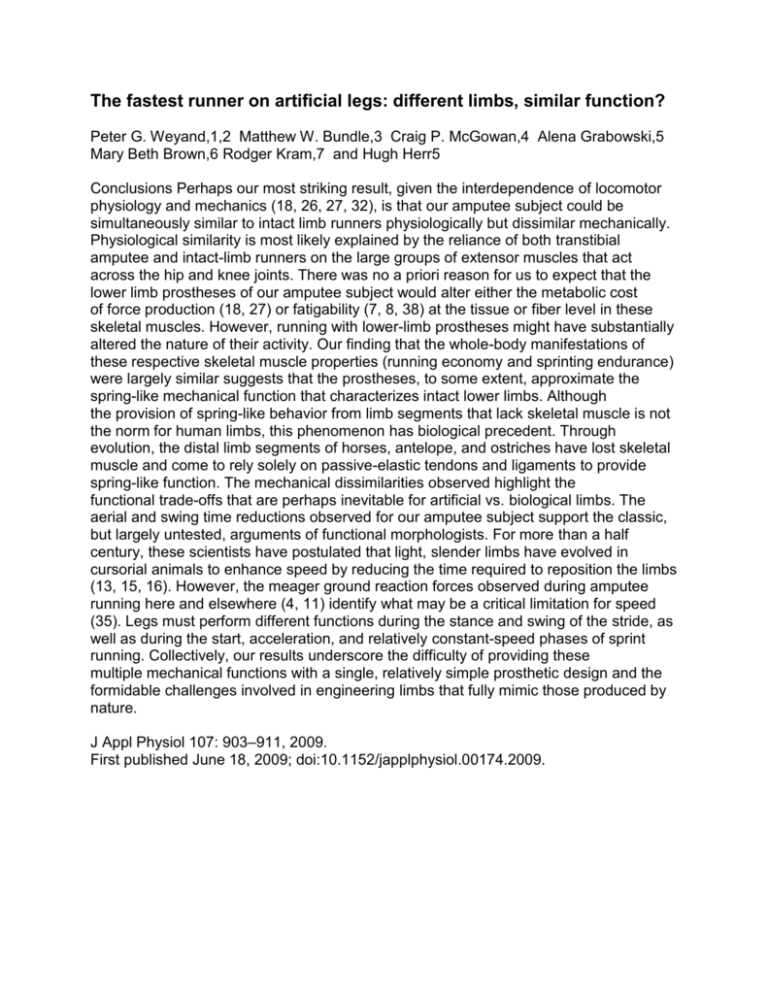
The fastest runner on artificial legs: different limbs, similar function? Peter G. Weyand,1,2 Matthew W. Bundle,3 Craig P. McGowan,4 Alena Grabowski,5 Mary Beth Brown,6 Rodger Kram,7 and Hugh Herr5 Conclusions Perhaps our most striking result, given the interdependence of locomotor physiology and mechanics (18, 26, 27, 32), is that our amputee subject could be simultaneously similar to intact limb runners physiologically but dissimilar mechanically. Physiological similarity is most likely explained by the reliance of both transtibial amputee and intact-limb runners on the large groups of extensor muscles that act across the hip and knee joints. There was no a priori reason for us to expect that the lower limb prostheses of our amputee subject would alter either the metabolic cost of force production (18, 27) or fatigability (7, 8, 38) at the tissue or fiber level in these skeletal muscles. However, running with lower-limb prostheses might have substantially altered the nature of their activity. Our finding that the whole-body manifestations of these respective skeletal muscle properties (running economy and sprinting endurance) were largely similar suggests that the prostheses, to some extent, approximate the spring-like mechanical function that characterizes intact lower limbs. Although the provision of spring-like behavior from limb segments that lack skeletal muscle is not the norm for human limbs, this phenomenon has biological precedent. Through evolution, the distal limb segments of horses, antelope, and ostriches have lost skeletal muscle and come to rely solely on passive-elastic tendons and ligaments to provide spring-like function. The mechanical dissimilarities observed highlight the functional trade-offs that are perhaps inevitable for artificial vs. biological limbs. The aerial and swing time reductions observed for our amputee subject support the classic, but largely untested, arguments of functional morphologists. For more than a half century, these scientists have postulated that light, slender limbs have evolved in cursorial animals to enhance speed by reducing the time required to reposition the limbs (13, 15, 16). However, the meager ground reaction forces observed during amputee running here and elsewhere (4, 11) identify what may be a critical limitation for speed (35). Legs must perform different functions during the stance and swing of the stride, as well as during the start, acceleration, and relatively constant-speed phases of sprint running. Collectively, our results underscore the difficulty of providing these multiple mechanical functions with a single, relatively simple prosthetic design and the formidable challenges involved in engineering limbs that fully mimic those produced by nature. J Appl Physiol 107: 903–911, 2009. First published June 18, 2009; doi:10.1152/japplphysiol.00174.2009.
